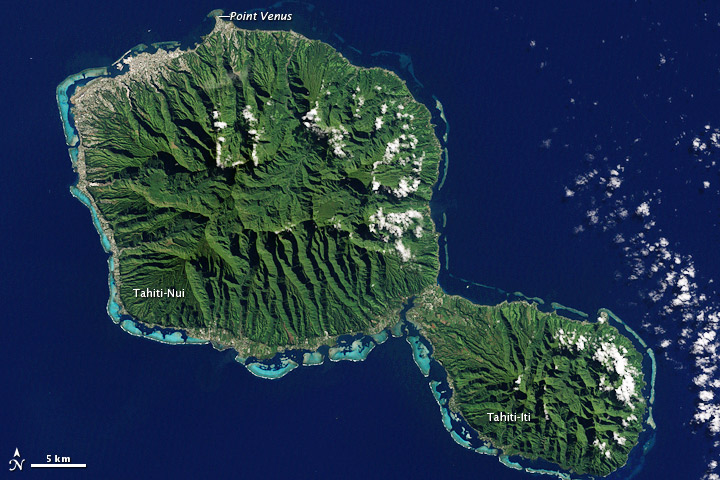| |||||||||||||||||||
| ||||||||||||||||||||
Partulareturn to Tahiti |  |
|
In July 2015 captive-bred Partula snails were returned to Tahiti. 100 snails were released into a predator-proof reserve and 150 into an area of forest. Three species were released: Partula hyalina, P. affinis and P. nodosa. P. hyalina still survives in a few places on Tahiti and there is one surviving P. affinis population, but it is 30 years since there have been any P. nodosa on the island. Reintroductions are always difficult to carry out and to monitor; the animals have to adjust to the new conditions and then have to be located. The early stages are relatively easy with snails as they move slowly, in fact it may take several days for them to leave the pot they have been living in. Once they start dispersing they become increasingly difficult to find. The Partula release seemed to have gone well; many dispersed considerable distances (for snails) and were seen feeding. In both the forest area and the reserve 30% of the snails could still be found 2 weeks after release, and it is thought that many more were hidden in dense vegetation or in the canopy. A reports on the 2015 release was published in Tentacle. Since then reintroduction work has concentrated on re-establishing the snails in the forest, rather than in small fenced reserves. To date several thousand snails have been released on Tahiti (P. affinis, P. hyalina, P. nodosa) and Moorea (P. mirabilis, P. mooreana, P. suturalis, P. taeniata, P. tohiveana). These seem to have worked well in most cases, although there have been problems on other islands due to large numbers of predators. News of the releases is summarised on other pages and reported in 'Tentacle' for 2016, 2017, 2018 and 2019. The Covid-19 pandemic disrupted the conservation programme, but in 2023 reintroductions became possible once again.
New methods are being tried and new research approaches mow mean that the Partula conservation programme is taking significant steps forwards.
Although it has been a long time coming, there are now some very hopeful signs of success.
|
Compiled by Justin Gerlach: contact
Hosted by Island Biodiversity